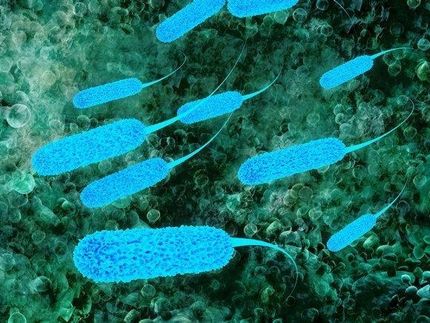Label-free single-molecule DNA sequencing
microfluidics can be used to trap a single DNA–enzyme complex in its native state, without immobilisation. These studies have usually been performed by immobilising either the enzyme or the DNA on a glass slide, but this may modify their properties, and make it difficult to analyse the products.
This technique gives information about how enzymes that are used to modify DNA, called restriction enzymes, act and holds promise for a broad range of DNA–protein interaction studies.
Restriction enzymes are tools used by molecular biologosts to chop up DNA into pieces, making sequencing possible. The enzymes work by binding to a particular DNA sequence, and then cutting the DNA at that point. However, determining the enzymes’ mechanism of action is difficult, something that is now being addressed by using single-molecule studies. These have proved to be a powerful tool, as they avoid the problem of properties being averaged over a population, and you can follow complex processes in real-time.
An enzyme from E. coli was pre-bound to bacteriophage DNA and fed through a microfluidic system. This trapped the complex, and then stretched it out at a stagnation point. Adding Mg2+ then activated the enzyme, cleaving the DNA, and permitting analysis of the products. The accuracy in determining the location of the recognition site is comparable to or better than other single-molecule techniques.
Original publication: W Xu and S J Muller, Lab Chip, 2010.
Organizations
Other news from the department science

Get the life science industry in your inbox
By submitting this form you agree that LUMITOS AG will send you the newsletter(s) selected above by email. Your data will not be passed on to third parties. Your data will be stored and processed in accordance with our data protection regulations. LUMITOS may contact you by email for the purpose of advertising or market and opinion surveys. You can revoke your consent at any time without giving reasons to LUMITOS AG, Ernst-Augustin-Str. 2, 12489 Berlin, Germany or by e-mail at revoke@lumitos.com with effect for the future. In addition, each email contains a link to unsubscribe from the corresponding newsletter.


















































